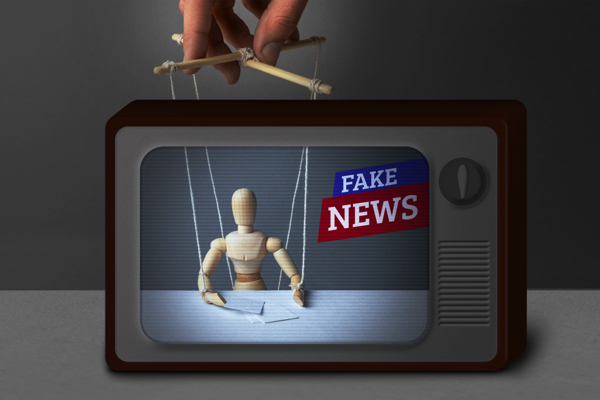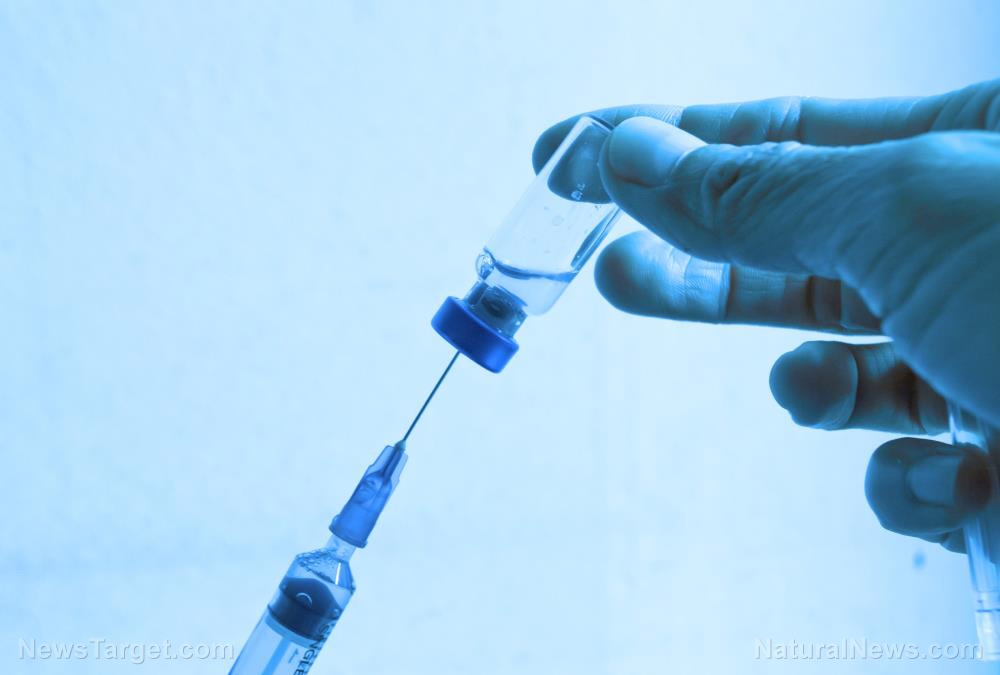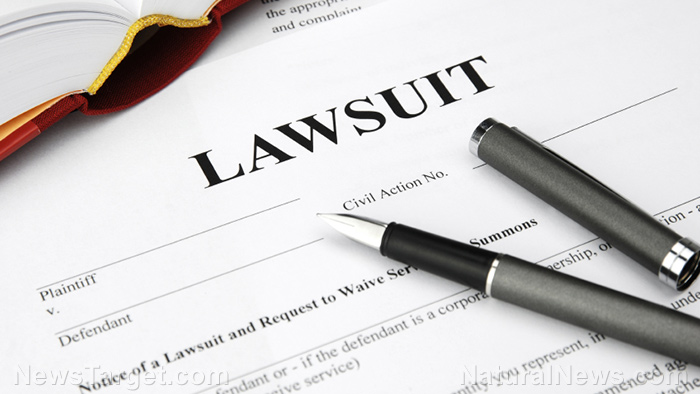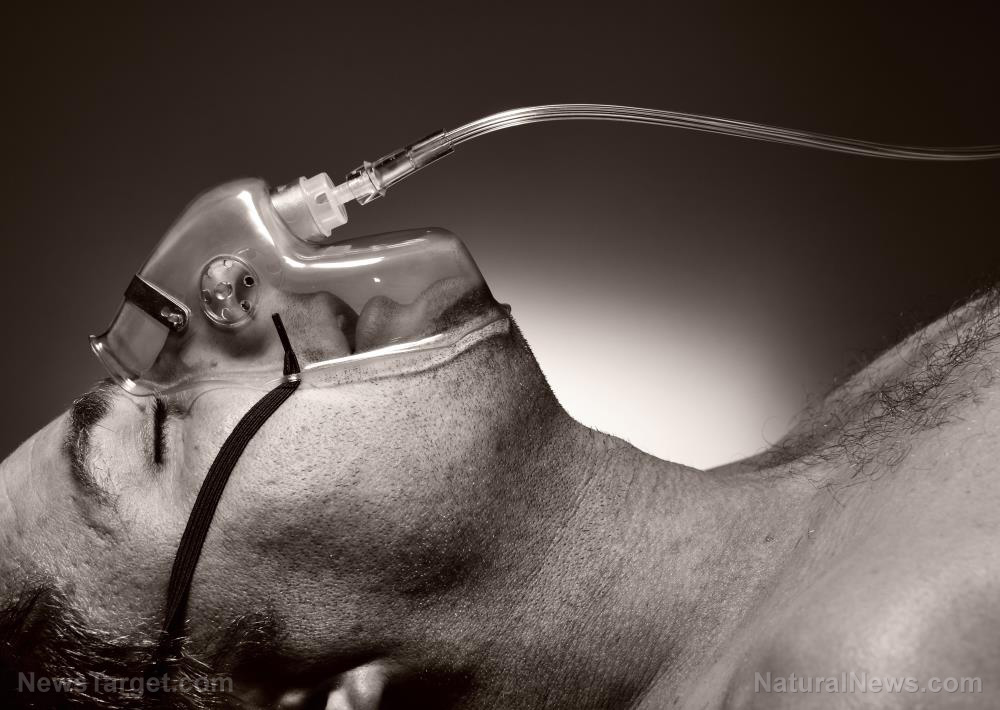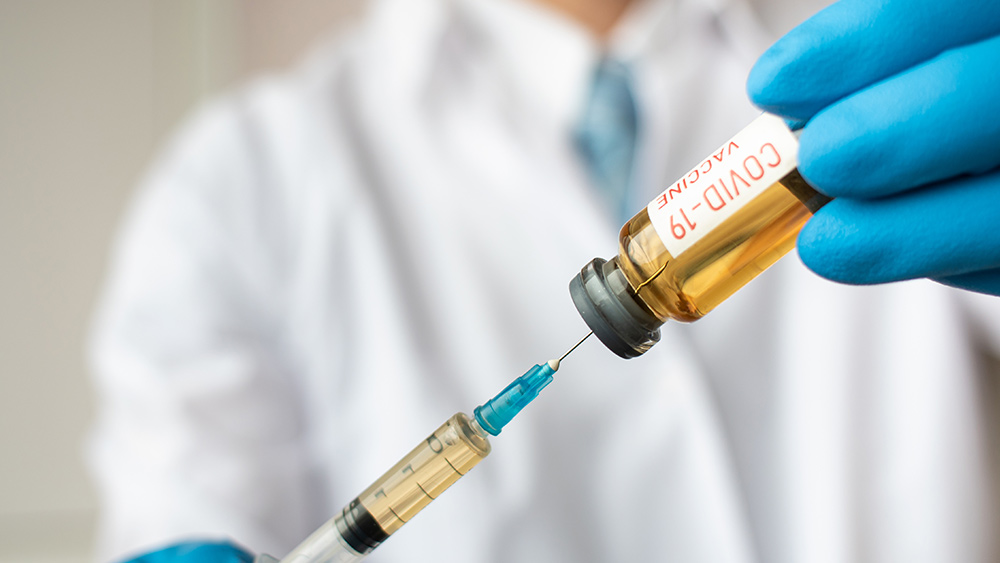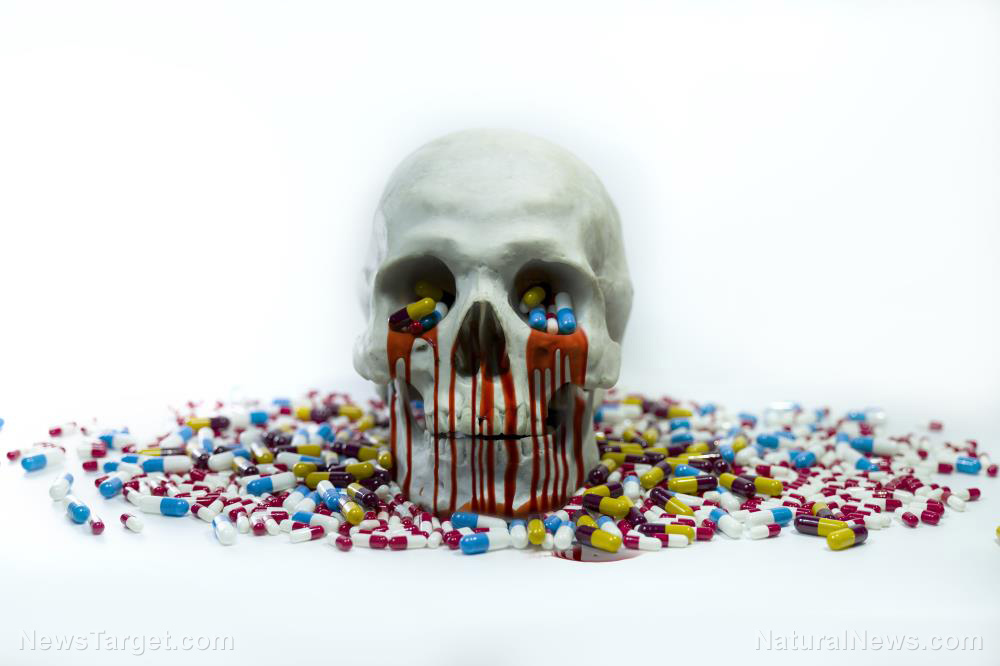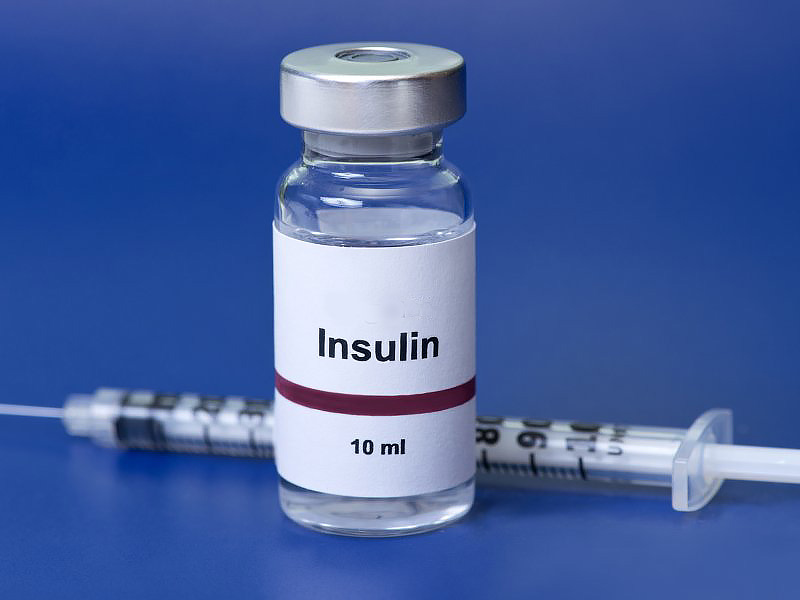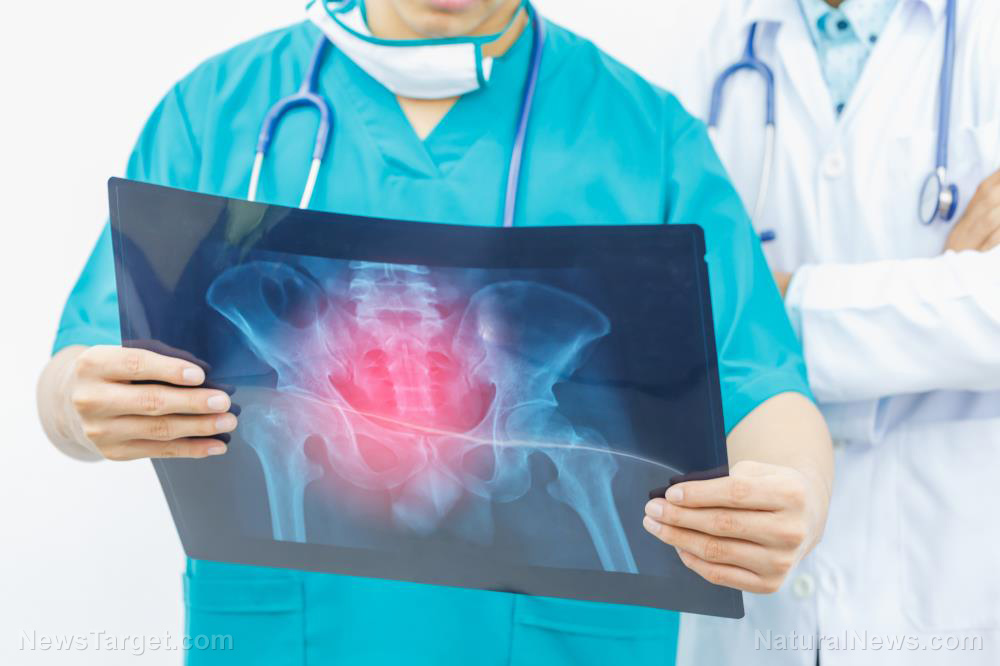J&J will pay $700 million to 42 states in talc baby powder lawsuit, officials announce
06/13/2024 / By Ethan Huff
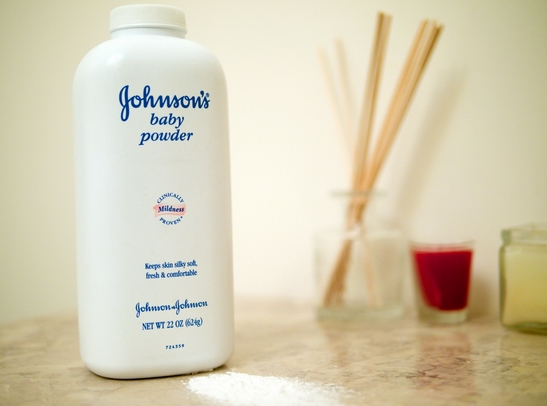
To resolve an ongoing lawsuit over misleading safety claims for its talc-based baby powder products, pharmaceutical giant Johnson & Johnson (J&J) will pay out $700 million to 42 states, including Florida, North Carolina and Texas.
Officials say the money will settle allegations that J&J’s talc products contain asbestos, a chemical linked to cancer. The controversy led to J&J changing its baby powder formula to starch made from maize, or corn, which is typically genetically modified (GMO).
Despite its safe use for more than a century, talc has become a target of litigation because depending on where it is mined – talc is a natural mineral – it could contain fibers of asbestos.
In its settlement agreement, J&J did not include any admission of guilt for wrongdoing. The settlement agreement’s judicial approval is also still pending.
“We have reached a landmark settlement with Johnson & Johnson ensuring that the company will abide by the law and take effective steps to protect consumers from potentially hazardous ingredients,” announced Texas Attorney General Ken Paxton.
“I’m proud to lead this coalition of 43 attorneys general to stand up for consumers’ health and truth in marketing.”
(Related: Be sure to check out our earlier coverage about the criminal investigation of J&J to learn more about how we got here.)
Billions awarded over talc cancer claims
Over the years, J&J has faced a spate of lawsuits claiming that its products are linked to serious and occasionally fatal illness. Back in April, a Chicago grand jury awarded the family of a woman named Theresa Garcia who passed away from mesothelioma $45 million because she regularly used the company’s talc-based products.
Back in 2020, J&J was ordered to pay $186 million to four plaintiffs out of New Jersey who claimed that they developed cancer because of J&J’s talc-based products.
Earlier this month, a woman in Oregon was awarded $260 million in damages after she claimed that J&J’s talc-based products caused her to develop mesothelioma.
On top of all this, there are tens of thousands of additional plaintiffs who are suing J&J claiming that their serious health conditions were caused by their use of products containing talc.
Shareholders of J&J have also sued the company for allegedly misleading them about the alleged health risks of using talc products.
To resolve the many cases, J&J declared bankruptcy and allocated upwards of $11 billion for prospective payments, though the courts have not yet approved the company’s efforts.
“The Company continues to pursue several paths to achieve a comprehensive and final resolution of the talc litigation,” said Erik Haas, J&J’s worldwide vice president of litigation, in a statement.
“We will continue to address the claims of those who do not want to participate in our contemplated consensual bankruptcy resolution through litigation or settlement.”
Talc in and of itself is safe, just to be clear. Only if talc is mined from areas where there is asbestos pollution is there any risk of illness.
The American Cancer Society says that asbestos-containing talc is “generally accepted as being able to cause cancer if inhaled.” However, there is no credible science to suggest that pure talc poses health risks.
Cancer sufferers who believe their disease was caused by J&J talc-based products are asking a federal judge to block the company’s proposed bankruptcy settlement. Absent a court order blocking such a filing, the plaintiffs say they will suffer “irreparable harm.”
J&J says it intends to have a subsidiary declare bankruptcy following claimants’ vote on a $6.4 billion settlement offer. The company also hopes to gain the support of 75 percent of its claimants as part of a prepackaged bankruptcy plan, with a July 26 voting deadline.
The latest news about toxin-tainted consumer products can be found at Toxins.news.
Sources for this article include:
Submit a correction >>
Tagged Under:
asbestos, baby powder, big government, Big Pharma, cancer criminals, cosmetics, Dangerous, Johnson & Johnson, lawsuit, poison, products, progress, talc, toxic chemicals, toxic ingredients, toxins
This article may contain statements that reflect the opinion of the author
RECENT NEWS & ARTICLES
COPYRIGHT © 2017 BIG PHARMA NEWS

